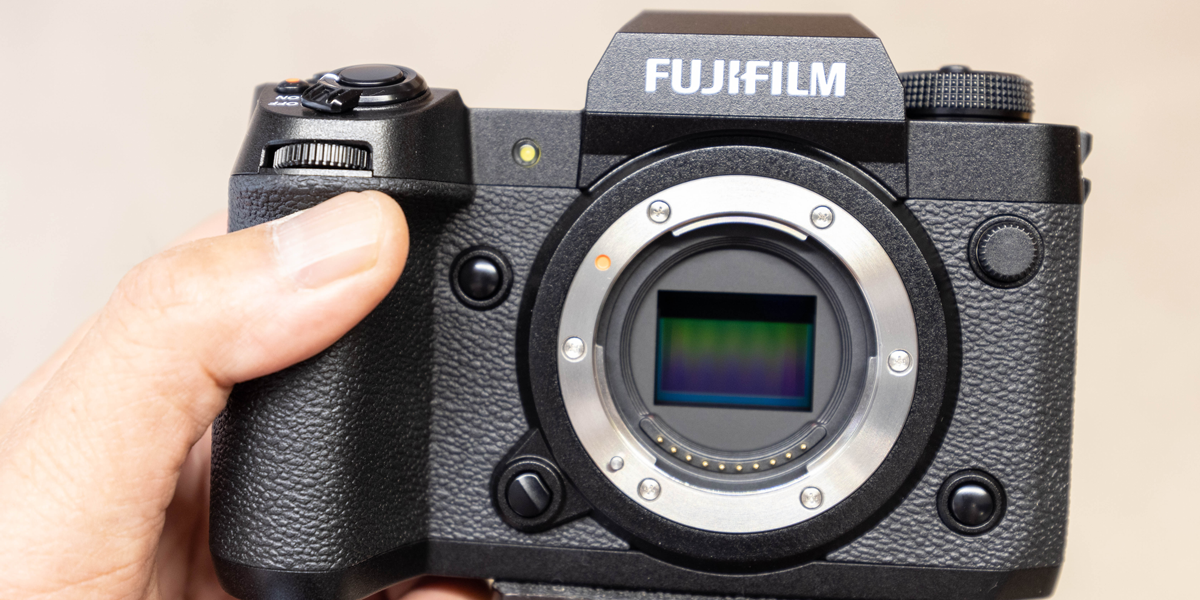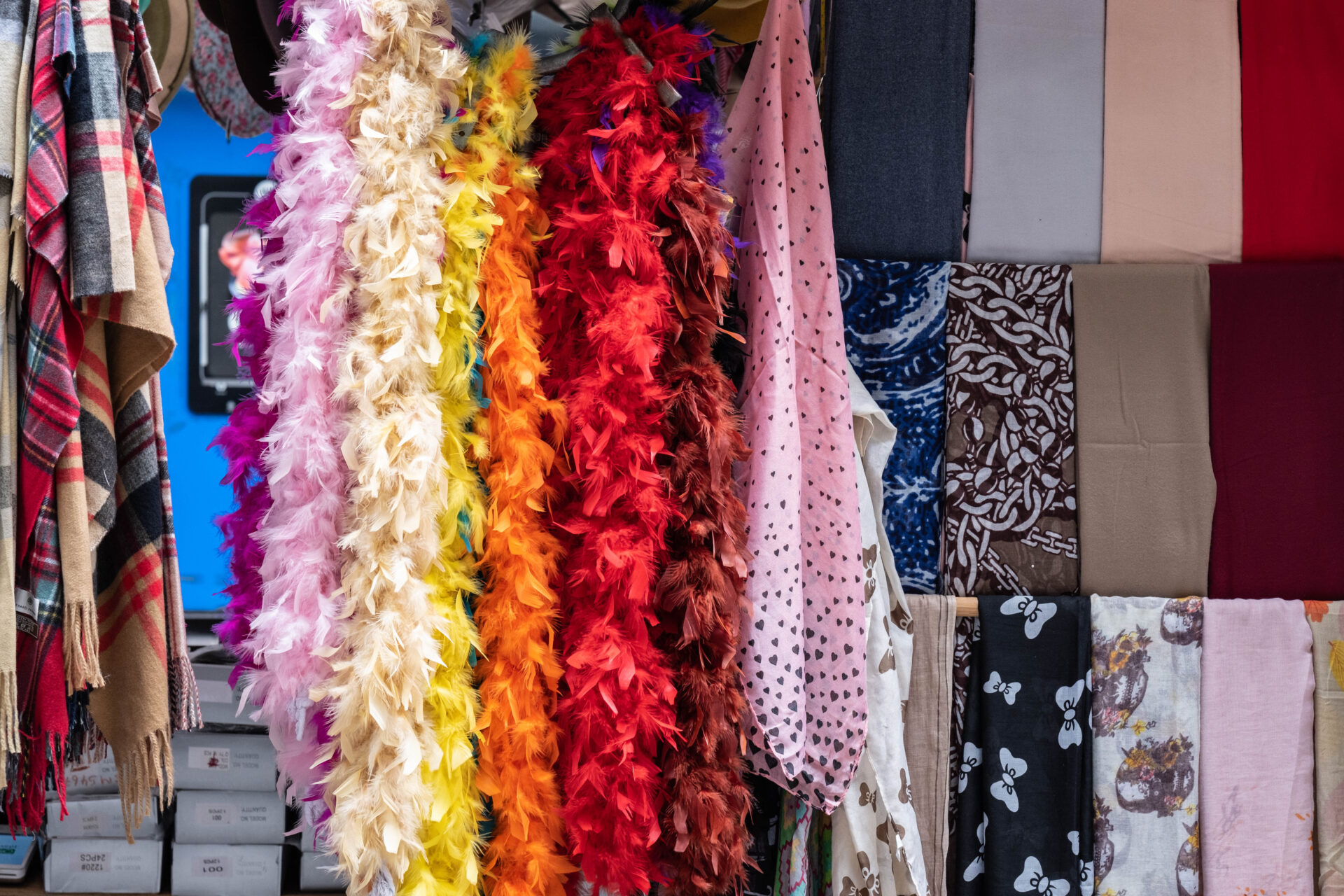
X-H2: Fujifilm hits forty
Posted on Sep 15, 2022
The ground-breaking X-H2 is the highest megapixel APS-C format camera yet
The X-H2 is the second camera in Fujifilm’s line-up to feature the fifth generation X-Trans CMOS sensor. The previous incarnation, the X-H2S, tested this issue. The difference in the two sensors is that the one featured in the X-H2S is 26 megapixels and stacked for optimum performance, whereas the X-H2 is backside illuminated so not as quick and boasts a 40-megapixel resolution. In the words of Fujifilm itself, if you want speed go for the X-H2S; if you need detail go for the X-H2.
As we know, the two cameras share many features including the X-Processor 5, 5.76m dot EVF, CFexpress and SD UHS II dual card slots. Their identical look means you can only tell them apart by checking the product name on the back of the camera. The X-H2 will accept the optional battery grip and the file transmitter grip announced for the X-H2S, and both cameras accept the NP-W235 battery.

Apart from the resolution, the X-H2 has 3.33m phase detect AF points but AF performance is not at the same level as the X-H2S; it can shoot at 20fps blackout-free with the electronic shutter and 15fps with the mechanical one; and the shutter mechanism is claimed robust enough for 500,000 actuations. The native ISO range starts at ISO 125 and tops at 12,800 with expansion to 51,200 and if fast shutter speeds appeal this camera has a top electronic shutter speed of 1/180,000sec. Previous X-System cameras had 1/32,000sec so this is a serious uplift.
The X-H2 is also the first Fujifilm X-system camera to have a Pixel Shift Multi Shot mode that results in 160 megapixel images. The X-Trans sensor has a 6×6 photo cell array rather the 2×2 of Bayer sensors, which complicates matters when it comes to multi-shot modes. In the X-H2 20 shots are taken, five with a single pixel shift each time to capture all the required RGB data and this is repeated four times with a 0.5pixel shift each time.

Files are not merged in camera and you’ll need Fujifilm’s Pixel Shift Combiner software (not updated at the time of writing), so we couldn’t test how the feature worked. With the right subject (totally static) and good technique (solid tripod etc) this feature will appeal to archivists, museum and commercial photographers.
The X-H2 is well endowed with video features. There’s internal ProRes formats and ProRes/BlackMagic Raw via HDMI and 8k/30p, 6.2K/30p and 4k/60p plus much more.
The X-H2 body is priced at £1899 with sales starting at the end of September. For the resolution, build and feature set, that is a very competitive price.
Fujifilm also took the opportunity to unveil two lenses, one each in the X and GFX systems.

The XF 56mm f/1.2 R WR short telephoto has 13 elements including two aspherical and one ED in eight groups to reduce chromatic aberration and coma, has a 67mm filter thread and is sealed at nine points. This lens is priced at £999 and sales start from the end of September.
For the GFX medium-format system we have the GF20-35mm f/4 R WR. This ultra-wide (16-28mm equivalent in 35mm format) is designed to perform at a level to complement 100 megapixel cameras. It has an internal zoom, AF is fast and silent, there’s an 82mm filter thread and is weather resistant. Sales of this lens also starts in late September and it is priced at £2349.
For more information, visit the Fujifilm website.
Don’t forget to sign up to receive our newsletter below, and get notified about the new issue, exclusive offers and competitions.
Have you heard The Photography News Podcast? Tune in for news, techniques, advice and much more! Click here to listen for free.




